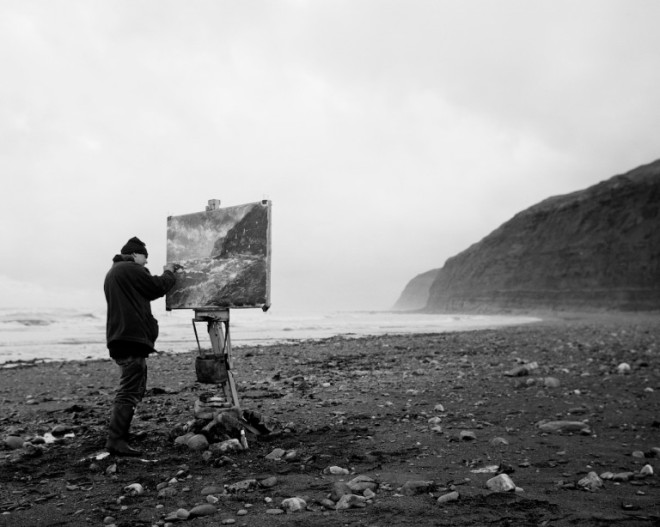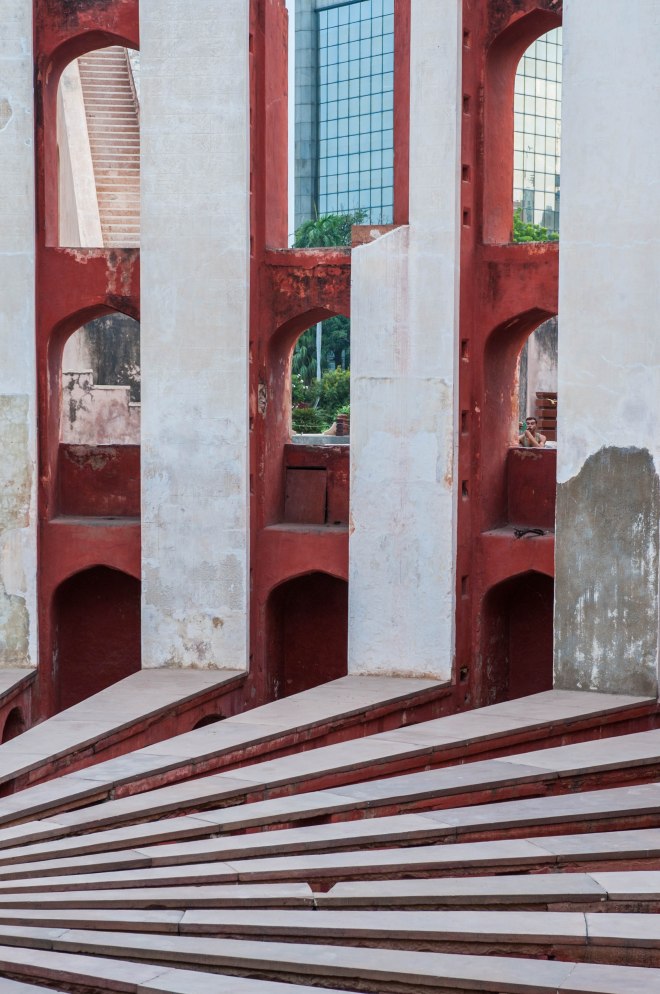In light of the discussion about the effect, motivations and portrayal of truth in documentary, Hine and Riis are two photographers stand out as fundamental documentary photographers. Their first goal was to show the reality of poverty to an audience that had been oblivious to it, comment on it and come up with reforms to make a change.
However, there are vast differences between Hine and Riis’s background, beliefs and practices that are reflected in their work. It is interesting to look into these, also in regards to whether documentary photography falls within the genre of art and the change of function it takes on.
Lewis Hine’s early interest were in sociology and education. He would stimulate his pupils to use their cameras to document people of all ways of life, which led him to Ellis Island, where he took monumental images of people entering the United States. From there on Hine produced work that would be used to fight against child labor and poverty, focusing on the working conditions and dignity of the people that were the force of the industrial revolution.
Lewis’ photographs primarily focuses on the worth and individuality of each person, almost separating them from their environment. His compositions draw the eye towards the person primarily and from there on, or through captions, the viewer learns about the environment this person is put in.
Hine empowered his subjects by observing the individuality of his subjects, not shoehorning them into oft-expressed stereotypes of alterity. He engaged individuals in poor circumstances, but he rarely found the character of his subjects to reflect the environment in which they lived. (Sampsell-Willmann and Trachtenberg, 2009)
Hine doesn’t reject the notion that photography was art, but takes not part in the Stieglitz’ photo recession movement. He believed photography was an art that had power, because through identifying with the subjects in the photographs, viewers are motivated to change. From an artistic point of view
Riis’ background was that of survival, heartache and an upwards struggle towards a prosperous life in the United States. He ended up writing articles and used photographs to accompany his work.
Through the use of flash Riis was able to photograph scenes that before that were never shown before, the way people lived, where they worked and slept. Riis’ style is much more photojournalistic, with an obvious distance between him and the subject. Because of the flash, all elements have an equal visual importance, which on the one hand shows more of the situation the people are in, but on the other hand, blends the people with their environment, making them part of the misery.
I’m much more drawn to Hine’s work than Riis. Riis’ images are shocking and provoking, but I don’t feel any connection with the people in his images and because of that I think Riis is missing the point. Hine’s work however lets me identify with the subjects he is photographing. I think about my own children when looking at the children he photographed, me being a mother and the worries it brings. He brings out the humanity in his subjects and makes me connect with people who passed away a long time ago. For me this is what documentary is all about.
Sampsell-Willmann, K. and Trachtenberg, A. (2009) Lewis Hine as social critic. Jackson: University Press of Mississippi.
Roberts, S. (2015)
Jacob Riis photographs still revealing New York’s other Half. Available at:
http://www.nytimes.com/2015/10/23/arts/design/jacob-riis-photographs-still-revealing-new-yorks-other-half.html?_r=0 (Accessed: 16 November 2016).
Jacob Riis (2016) in
Wikipedia. Available at:
https://en.wikipedia.org/wiki/Jacob_Riis (Accessed: 16 November 2016).

